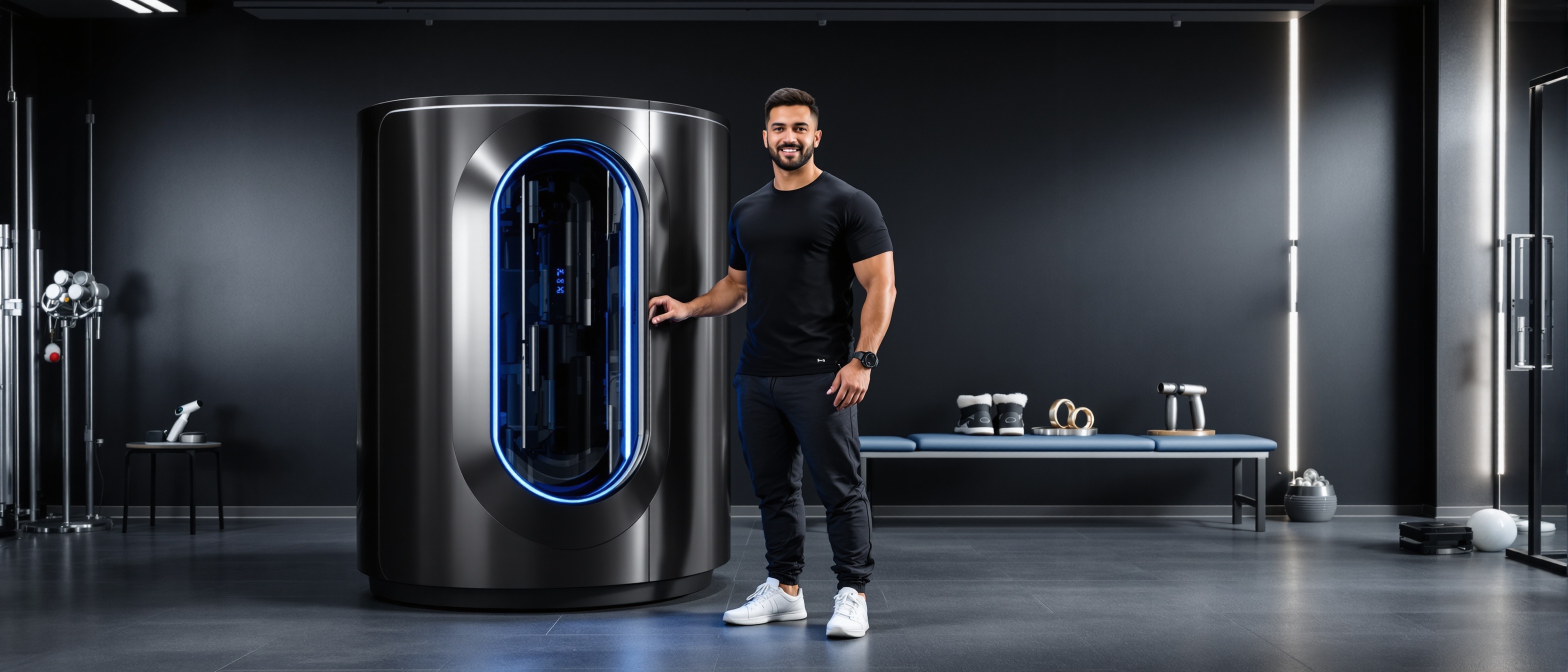Scientists Reveal the Truth About 5-Minute Workouts
Your Instagram feed is flooded with them. Five-minute abs. Ten-minute HIIT blasters. Micro workouts that promise everything your hour-long gym sessions deliver—but in a fraction of the time.
Sounds too good to be true, right?
Well, here's the thing that might surprise you: the science is actually backing up some of these claims. But before you ditch your traditional workouts entirely, there's a catch—and it's bigger than most influencers want you to know.
With searches for "micro workouts" jumping 300% this year and everyone from busy executives to new parents looking for time-efficient training, it's worth asking: Are these bite-sized sessions the real deal, or just another fitness fad dressed up in scientific language?
Let's dive into what the research actually shows—and when these quick hits might be sabotaging your goals.
Defining Micro and Intermittent Training: Formats and Claims
First, let's clear up the confusion. When trainers talk about "micro workouts," they're usually referring to exercise sessions lasting 5-15 minutes, often repeated throughout the day. Think three 7-minute bursts instead of one 21-minute session.
Intermoittent training takes this further—breaking your workout into even smaller chunks. Maybe it's doing squats during commercial breaks, or knocking out push-ups between Zoom calls.
The claims are bold: same results, less time, better adherence.
But here's where most people get it wrong—they assume micro workouts are automatically easier or less effective. The reality? These sessions often pack more intensity per minute than traditional workouts. We're talking heart rates that spike to 85-90% of your max, not gentle movement breaks.
Sounds intense, right? That's because it has to be.
What Research Shows for Cardiovascular and Metabolic Benefits
Here's where micro workouts actually shine—and the evidence might make you rethink your cardio routine entirely.
A 2025 study in Sports Medicine found that just 30 minutes of high-intensity exercise per week—easily achievable through micro-workout formats—can halve your risk of premature cardiovascular death. That's comparable to much longer moderate-intensity sessions.
Even more striking: research shows that 1-2 minute bursts of vigorous activity, repeated throughout the day, can improve your VO2 max (your body's ability to use oxygen) just as effectively as those hour-long steady-state sessions you've been grinding through.
Here's the metabolic twist that changes everything: micro workouts might actually be superior for blood sugar control. When you break exercise into smaller chunks throughout the day, you're essentially giving your metabolism multiple "kicks" instead of one big surge. This can lead to better glucose management—especially crucial if you're dealing with insulin resistance or pre-diabetes.
But there's a catch that most fitness apps won't tell you…
Strength and Hypertrophy Limits: When Short Sessions Fall Short
If you're trying to build serious muscle or strength, micro workouts hit a wall—and it's not pretty.
Here's the uncomfortable truth: muscle growth depends on total training volume. You need enough sets, enough weight, and enough time under tension to trigger the adaptations that build muscle. While a 10-minute session can definitely stimulate your muscles, it's tough to accumulate the volume that drives significant hypertrophy.
Think about it—in a traditional 45-minute strength session, you might hit 12-16 sets for a muscle group. In a 10-minute micro workout? You're lucky to get 4-6 quality sets, especially when you factor in warm-up time.
A 2024 review in the Journal of Sports Science Research found that while micro workouts can maintain muscle and even produce modest gains in beginners, they typically underperform traditional sessions for serious strength and size goals.
The exception? If you're doing multiple micro sessions throughout the day, targeting the same muscle groups. Some research suggests that 3-4 mini strength sessions might actually match or exceed one longer session—but good luck fitting that into a real-world schedule.
Here's what this means for your goals…
Practical Templates: Who Benefits and Sample Session Structures
So when do micro workouts actually make sense? And when should you stick with traditional training?
Micro workouts excel for:
- Busy professionals who struggle with workout consistency
- Cardiovascular health and metabolic conditioning
- Breaking up sedentary workdays
- Maintaining fitness during travel or busy periods
- People who find long workouts intimidating
Traditional sessions win for:
- Building significant muscle mass
- Strength sports and powerlifting
- Comprehensive skill development
- Deep focus and mind-muscle connection
- Progressive overload with complex movements
Sample Micro Workout Templates:
Morning Metabolic Blast (7 minutes):
- 30 seconds burpees
- 30 seconds mountain climbers
- 30 seconds jump squats
- 30 seconds rest
- Repeat 3 rounds
Afternoon Energy Booster (5 minutes):
- 45 seconds bodyweight squats
- 15 seconds rest
- 45 seconds push-ups
- 15 seconds rest
- 45 seconds plank
- 15 seconds rest
- Repeat 2 rounds
Evening Wind-Down Strength (10 minutes):
- Goblet squats: 3 sets of 8-12
- Push-ups: 3 sets to failure
- Single-arm rows: 3 sets of 8 each side
- 30-60 seconds rest between sets
The key? Match the format to your primary goal. If you want better cardiovascular health and you're pressed for time, micro workouts are legitimately effective. If you're chasing muscle growth or strength PRs, they're a supplement, not a replacement.
TL;DR: • Micro workouts deliver real cardiovascular and metabolic benefits—the research backs this up • They struggle with strength and muscle-building goals unless volume is matched across multiple daily sessions • Best for busy schedules, habit formation, and health maintenance • Traditional sessions remain superior for serious physique and performance goals • Success depends on matching workout format to your primary objective
The bottom line? Micro workouts aren't marketing hype—they're a legitimate tool with specific applications. The mistake is thinking they're a magic bullet that works for every goal. Use them strategically, understand their limitations, and remember: the best workout is the one you'll actually do consistently.
Whether that's 5 minutes or 50 minutes, movement wins over perfection every time.
Sources
https://www.trainerize.com/blog/exercise-trends/
https://www.sunnysports.com/blog/top-10-fitness-trends-to-watch-in-2025/





